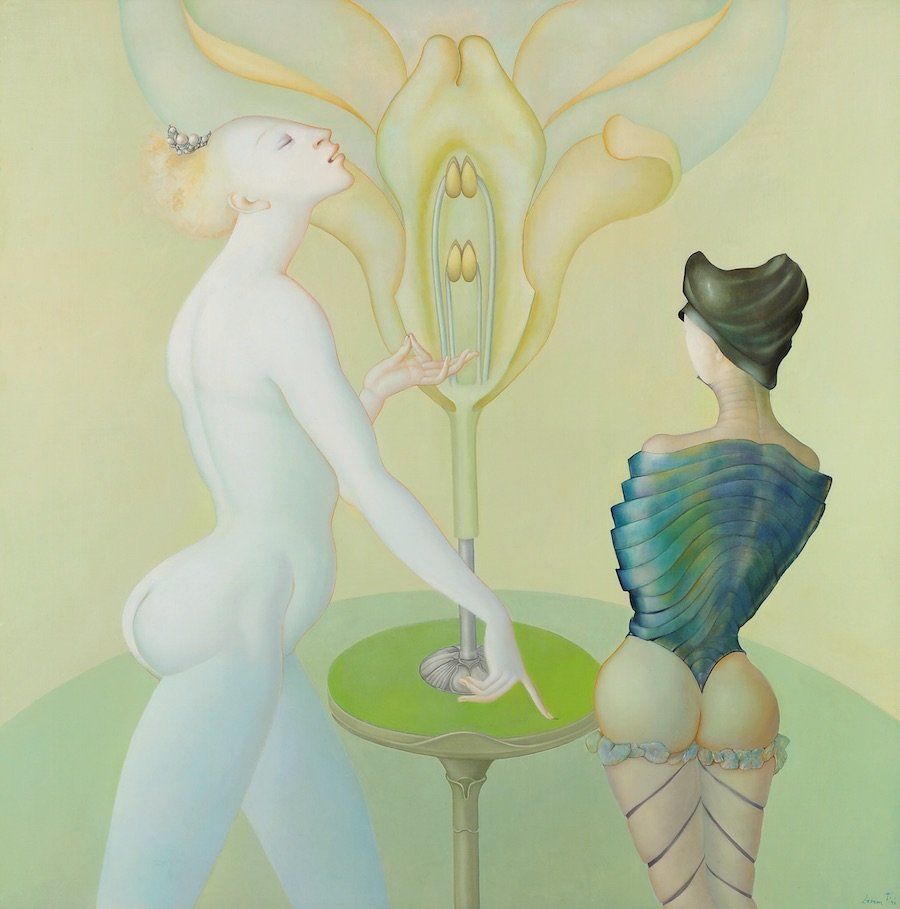"I strike it, stalk it, try to make it obey me. Then in its disobedience, it forms things I like."
This is how Argentine painter Leonor Fini described her art-making process. Her body of work, fittingly, feels like the product of cosmic BDSM, with opalesque, otherworldly women engaged in cryptic exchanges of authority and surrender. Amalgamated visions of castration, shapeshifting and knife-wielding characterize her painted world, her every brushstroke making the supernatural realistic and the real supernatural.
Fini, born in 1907 in Buenos Aires, Argentina, lived her life as if it were a work of art, obeying no rules except her own. Often dressed in disguises or nothing at all, Fini intoxicated those around her with her intelligence, fearless wit and creative fire. Despite the imprint she left on those who knew her, like too many women artists, Fini's name disappeared from the canon of art history following her death in 1996.
A new exhibition at San Francisco's Weinstein Gallery is hoping to rectify this, honoring the legacy of the self-proclaimed "queen of the underworld" and her immense impact on surrealist and feminist art. In preparation, we've compiled a handy guide to living life the Leonor way. It involves lots of hard work and insistence, but also plenty of treats, like costumes, threesomes and Persian cats.

Play dress up, and not just as a kid.
Fini began dressing up out of necessity. After her parents separated when she was a young child, Fini lived with her mother and reportedly dressed up as a boy to avoid being kidnapped by her father. Despite its terrible origins, the habit stuck. Fini would continue to cross-dress and dress up well into adulthood. She was spotted with hair dyed every color of the rainbow, and would attend art happenings wearing only white boots and a cape of white feathers. "I have always loved, and lived, my own theatre," the artist once said.
Find inspiration, wherever you may find it.
Largely self-taught, Fini studied composition and technique at local museums. Far stranger, her fascination with death and decay led her to study anatomy through the cadavers at her local morgue.
Choose your friends wisely.
Fini, for example, chose Max Ernst, Salvador Dali, Leonora Carrington, Christian Dior, Man Ray, Balthus, Brigitte Bardot, Jean Cocteau and Georges Batailles, among many others. She did refuse to get chummy with surrealism founder Andre Breton, mostly because, well, he was a well-known misogynist.

Follow your dreams. No, literally, follow them.
Fini's enigmatic and erotically charged imagery often originated in her dreams. She has credited the vibrant interior world she created to a period in her teens when, suffering from rheumatic conjunctivitis, Fini was forced to wear bandages on both eyes for months, forcing her temporarily dwell in darkness.
The paintings that followed this period often feature mysterious planes populated solely by strong women engaged in some sort of ritual or game without explanation or resolution. As Catherine Styles McLeod of Architectural Digest wrote in 1986: "Her art is the crack in the mirror, the edge of the equation, the dream of tremendous important half-grasped upon awakening, whose meaning dissolves with daylight."
Make men your muse.
In 1942, Fini made artistic history by painting the first ever erotic nude portrait of a man made by a woman. She continued to depict males in an unconventional manner -- soft, androgynous, powerless and beautiful. "The man in my painting sleeps because he refuses the animus role of the social and constructed and has rejected the responsibility of working in society toward those ends," Fini said in a 1982 interview. Simply put, Fini's male subjects were in touch with their feminine sides.

Resist categorization ...
Although she's often labelled a Surrealist due to her incorporation of mystical themes, Fini herself never identified as such. She didn't even like to be referred to as a "woman artist" because of the potential implications of the term during her time. Fini's art was galvanized by myriad movements including the Mannerists, the pre-Raphaelites, and the Flemish masters.
... In art and in life.
"Marriage never appealed to me," Fini famously said. "I have never lived with just one person." The artist, who was married once briefly to Federico Venezian, was proudly bisexual. When she did take men as lovers, she preferred them two at a time. In the artist's very wise words: "A woman should live with two men; one more a lover and the other more a friend."
Surround yourself with things you love. (And if those things are cats, do not hold back.)
Fini was a proud mama to 17 Persian cats, who slept in her bed and ate at her dining room table. It's no surprise Fini's spirit animal was the sphinx: feminine yet somewhat androgynous, powerful, sensual, enigmatic and -- yes, a cat.
Make your home your sanctuary.
In Fini's case, this meant decorating with theatrical costumes, vintage undergarments, glass hands, birds' skeletons, doll wigs, lots of velvet and an old bronze foot.

Ignore the haters.
Because sexism, Fini's friends and contemporaries all too often made comments regarding her work that are no better than the lowliest of Reddit trolls today. For example, none other than Mr. Salvador Dali said Fini's work was "better than most, perhaps. But talent is in the balls." Luckily, Fini didn't take someone with such idiotic facial hair all that seriously.
Spread your skills far and wide.
Fini painted, yes, but she did so much more. She designed theatrical sets and costumes for the Paris Opera, George Balanchine’s ballet "," choreographer Roland Petit’s company Ballets de Paris, and Federico Fellini's iconic "
Live your dreams. Again, being v. literal here.
"I paint pictures which do not exist and which I would like to see," Fini once said. Her imagination birthed countless images of strong, sphinx-like women from a mythical realm, engaged in power plays the viewer can't quite understand. Instead of searching for answers, the viewer is left buzzing from the unnerving feminine energy, inexplicable yet unmistakeable.
As Max Ernst said: "Her paintings are made up of vertigo ... inhabited by the most astonishing collection of legendary beings ... Miraculous plays of darkness and light are given ultimate expression in the pulsating pearly colors of this chimerical flesh, that resembles the bifid love-making of sphinxes."
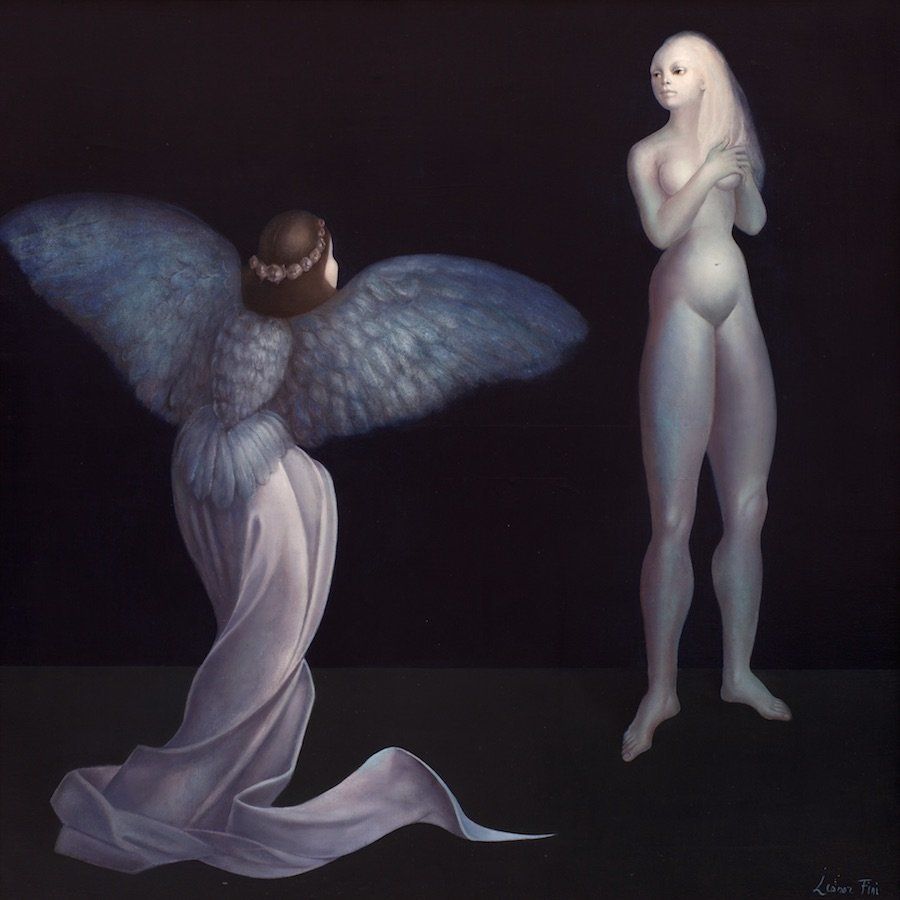
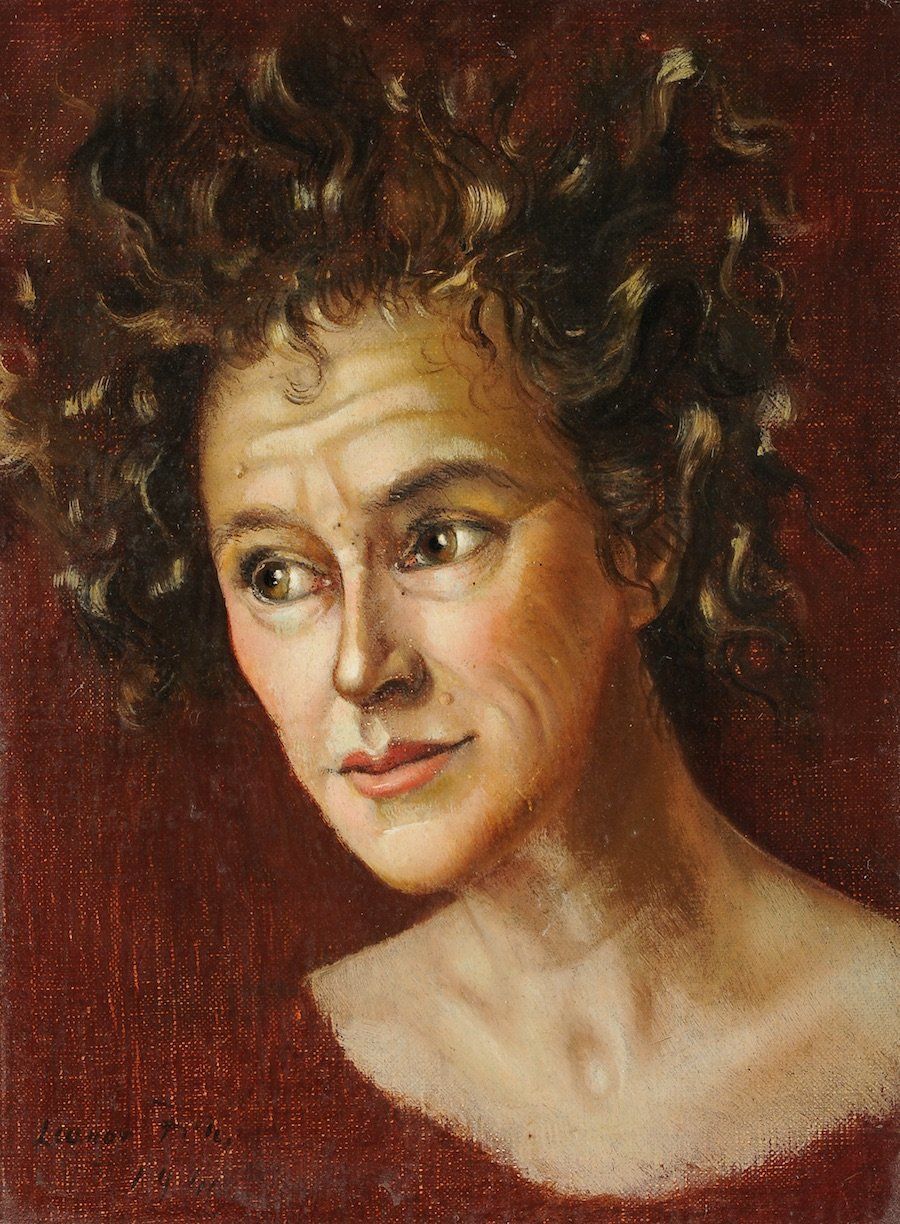




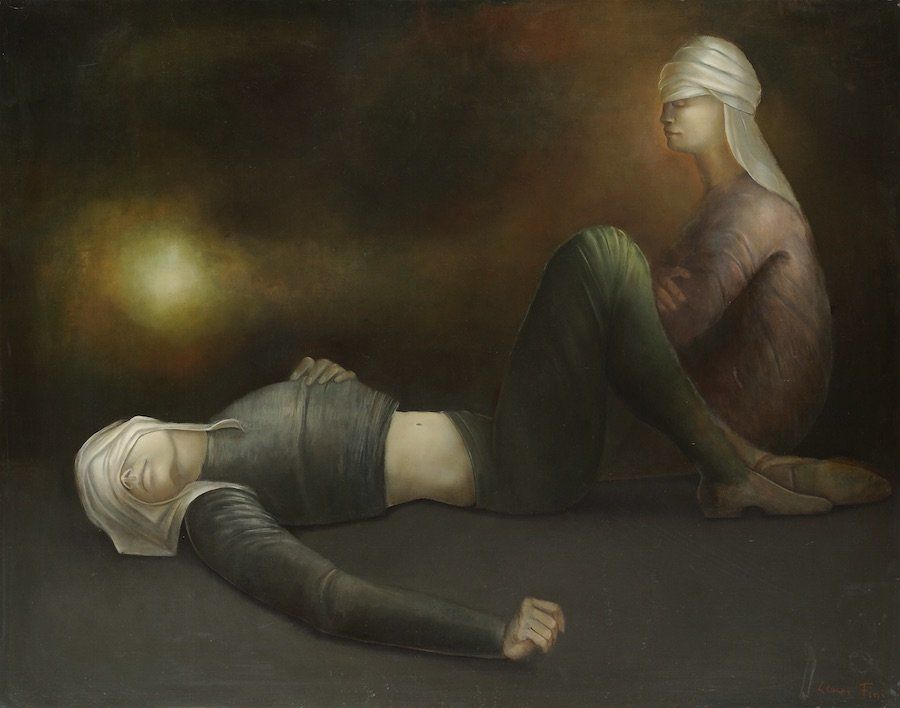


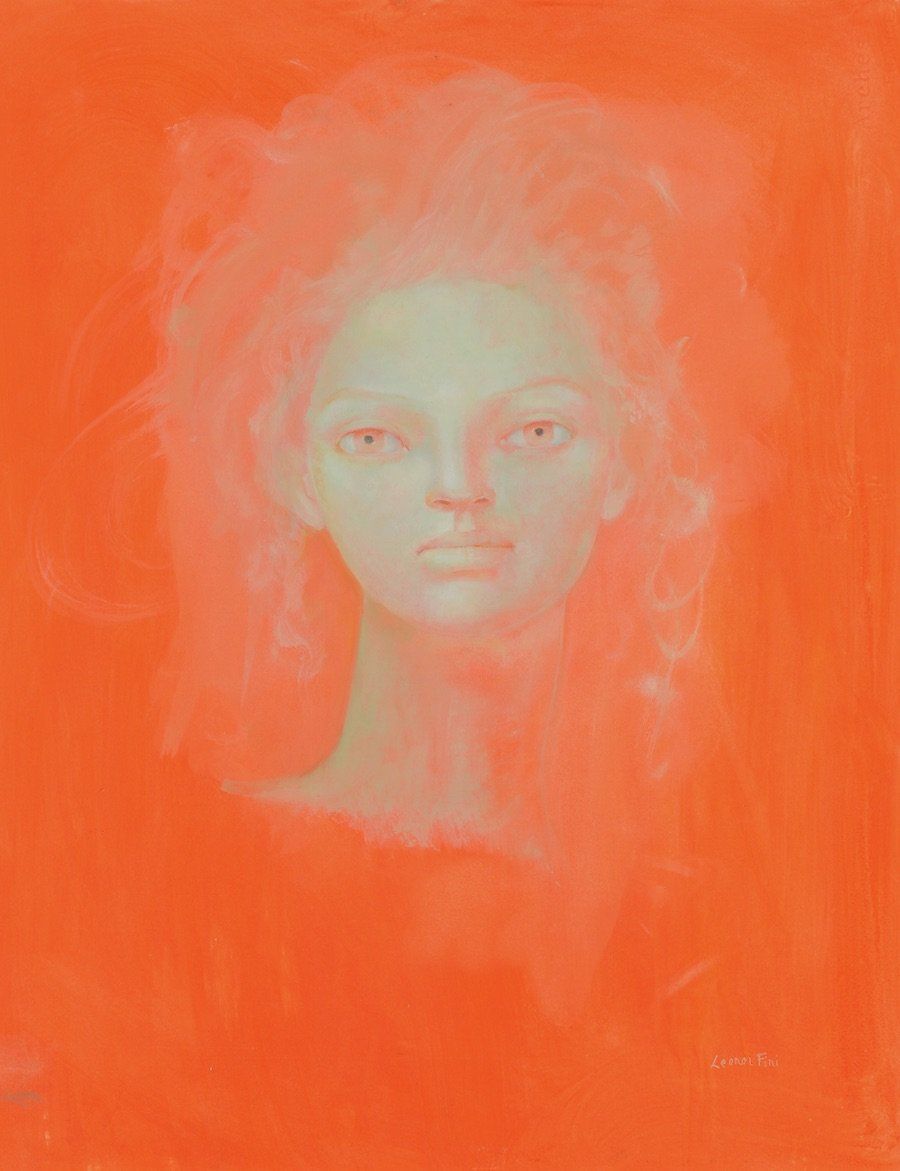


"Leonor Fini: Réalisme irréel" runs until December 5, 2015 at Weisman Gallery in San Francisco. For more forgotten Surrealist women artists you should know, check out an earlier piece, 7 Surrealist Women Artists Who Deserve To Be Remembered.
Also on HuffPost:
